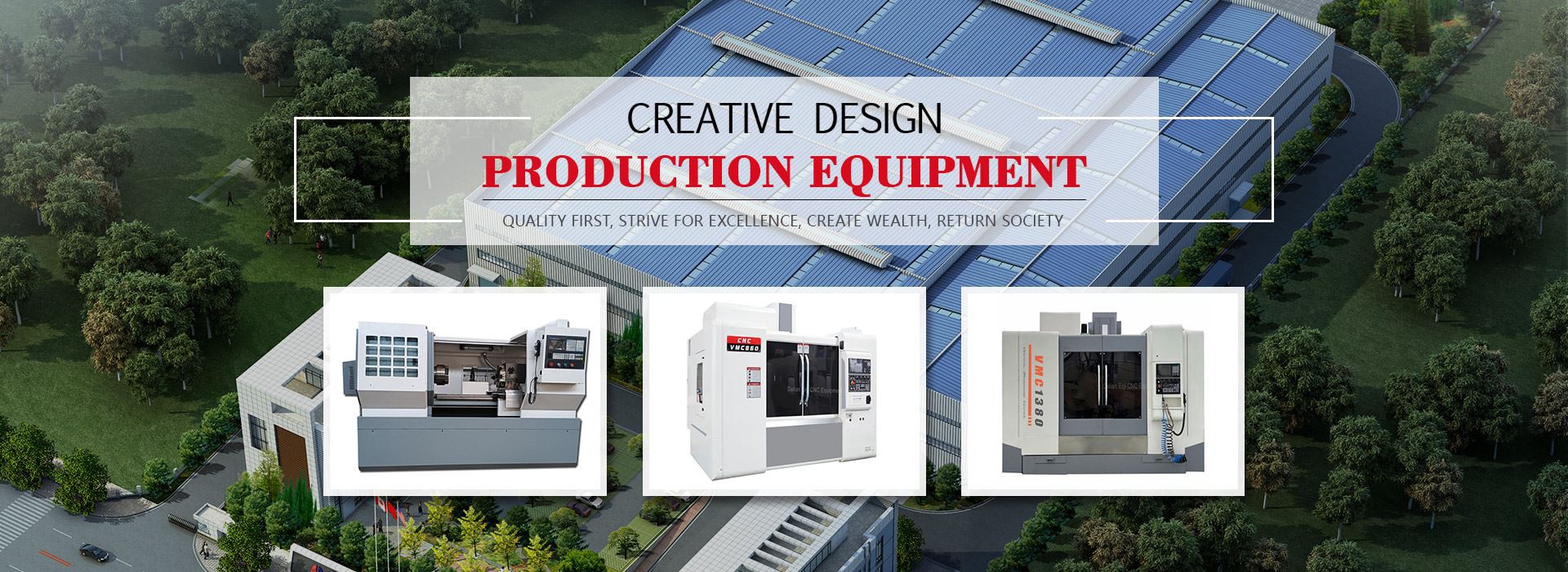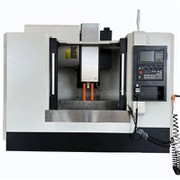What are the main functions of a vertical machining center?
Nov 17, 2023
Vertical machining centers have a market share of up to 50% in the Chinese CNC machine tool market. It can be imagined that vertical machining centers are widely used in various machining enterprises, and they are favored by many machining enterprises. Vertical machining centers have developed on the basis of traditional CNC milling machines. They integrate all the characteristics and functions of CNC milling machines, as well as the functions of many other CNC machine tools, such as boring machines, drilling machines, milling machines, grinding machines, etc.
The main functions of a vertical machining center are as follows:
1. Automatic tool change function
The structure of a vertical machining center is basically the same as that of a CNC milling machine, and the processing technology is basically similar, but the difference between the two is that the vertical machining center is equipped with an automatic tool changing device and a tool library, while the CNC milling machine does not have this function. The vertical machining center comes with an automatic tool changing device and tool library, which enables the machining center to have the function of automatic tool changing. It can enter the automatic tool changing function according to the tool used during processing. That is to say, vertical machining centers can freely change tools and perform different machining processes on workpieces.
2. By clamping the workpiece once, it is possible to quickly achieve multiple processing steps. From the previous functional points, the vertical machining center has an automatic tool changing function. With this feature, it can complete multiple processing steps in one clamping process, such as drilling, milling, tapping, and threading.
3. The ability to expand the number of axes
Because traditional three-axis machining centers cannot meet customer product processing requirements, such as processing complex curved workpieces such as impellers, blades, shafts, propellers, etc., they cannot be processed using three-axis vertical machining centers. Therefore, according to customer product requirements, it is necessary to expand the four axis or five axis functions. From the above description, it can be seen that vertical machining centers have the function of expanding the number of axes, including four, five, and even multiple axes.
4. One clamping can process multiple machining surfaces
As can be seen from the above, a vertical machining center can expand the number of axes, so after expanding the number of axes in the vertical machining center, the workpiece can be processed on multiple sides simultaneously. This not only avoids accuracy errors caused by multiple clamping, but also saves a lot of time for manual clamping of workpieces.







